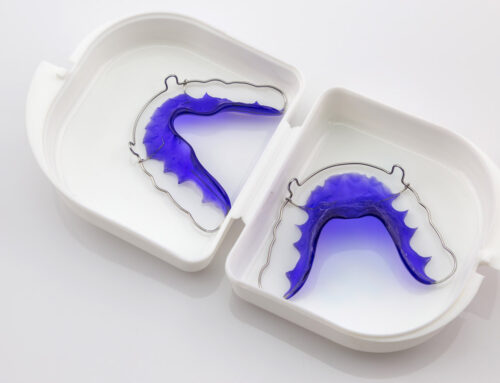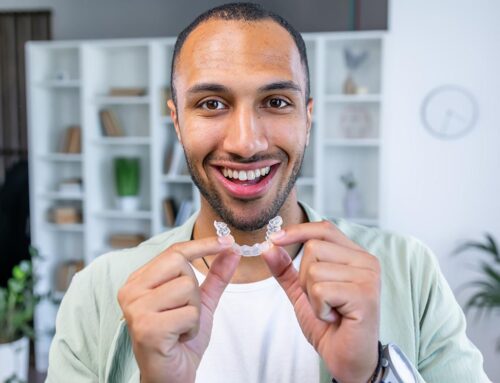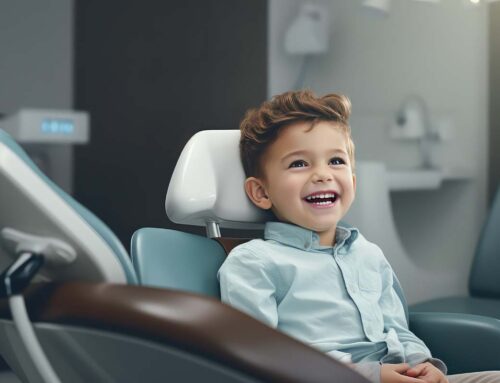Congratulations! You have reached the end of your treatment with braces, and your orthodontist is planning to remove your braces soon. Many patients at this point of their orthodontic treatment often ask what comes next. Now that your teeth are straight and your bite is perfect, it is time to remove those metal brackets from your teeth. After removal of braces, it is common for patients to have increased tooth sensitivity for a few days due to exposed enamel where the brackets used to sit. Just take it easy for a few days and avoid any hot or cold foods to help with this. Retainers Over the course of your treatment with braces, your teeth have slowly been pushed or pulled into a new position. Unfortunately, teeth have a tendency to want to return to their previous position, and need time to settle into their new homes.
This is why your orthodontist will fit and provide you with a retainer. A retainer is a device that you will wear for a certain amount of time which will hold your teeth in place and give them time to settle. The amount of time in which a retainer must be wo can drastically vary between patients, and your orthodontist will monitor your progress and instruct you on wearing it. Often retainers must be wo full time for the first several months, and gradually switched to ove ight as the teeth settle into place.
It is very important to wear this retainer, as failure to do so can result in your teeth shifting and moving back out of their new positions. Depending on treatment, removeable retainers are often wo on the top teeth, and your orthodontist may decide to put a permanent lingual retainer on the bottom teeth. This is a wire which is bonded to the six front lower teeth, and often kept in for years or longer. If you receive a lingual retainer it is important to lea to floss those teeth with it in. Wearing your removeable retainer will help ensure that the perfect smile your braces gave remains for years and decades to come.





